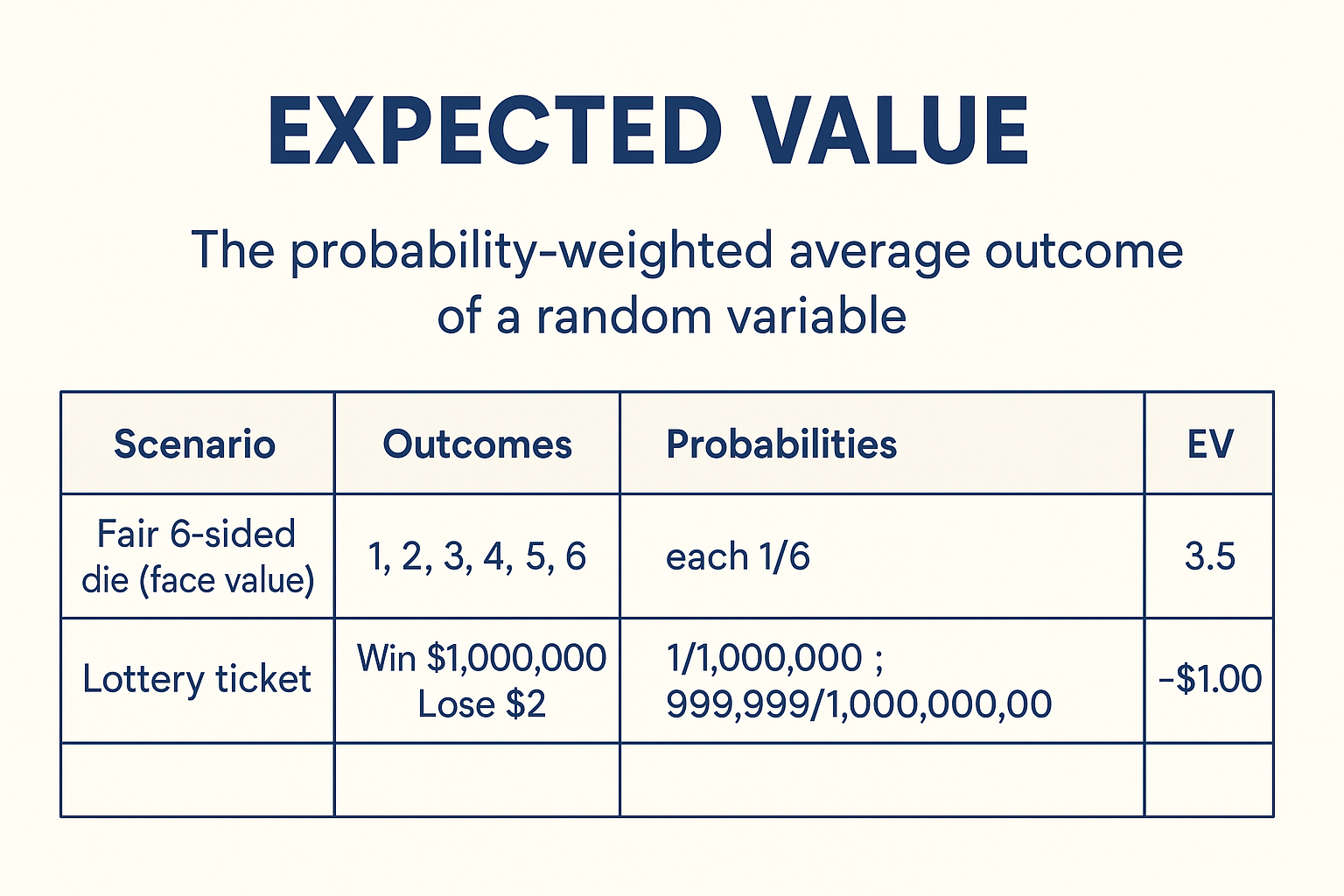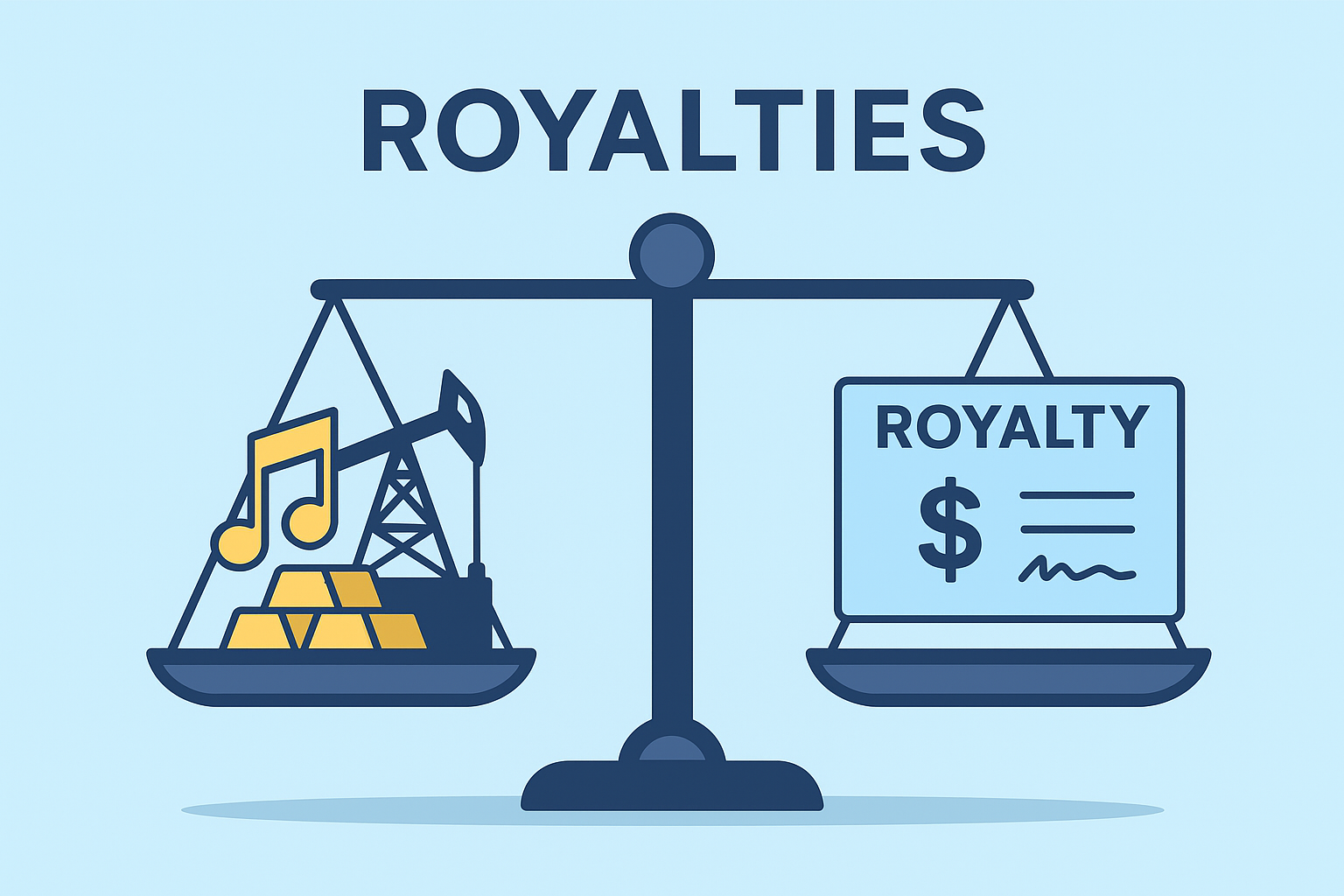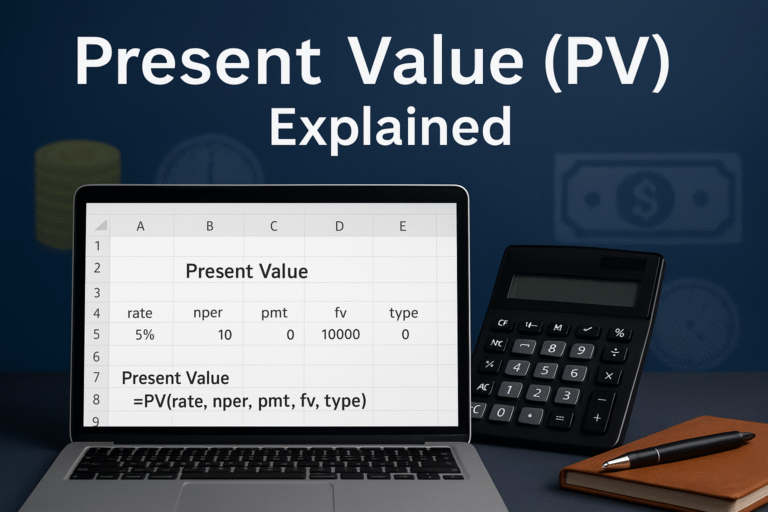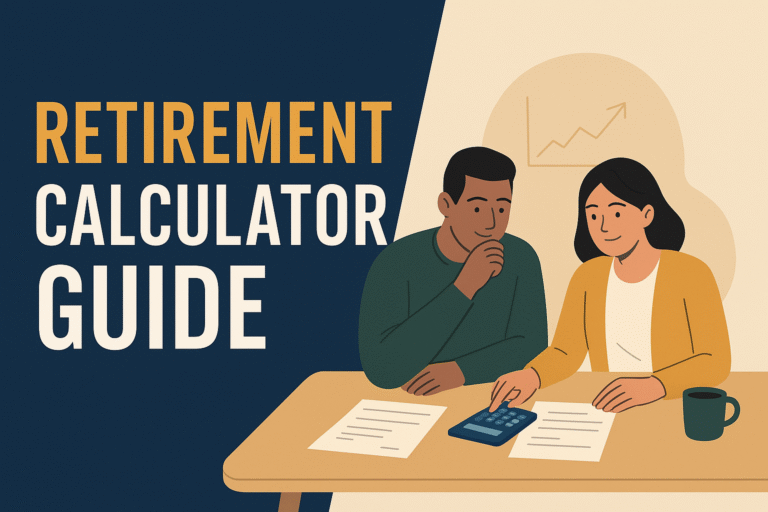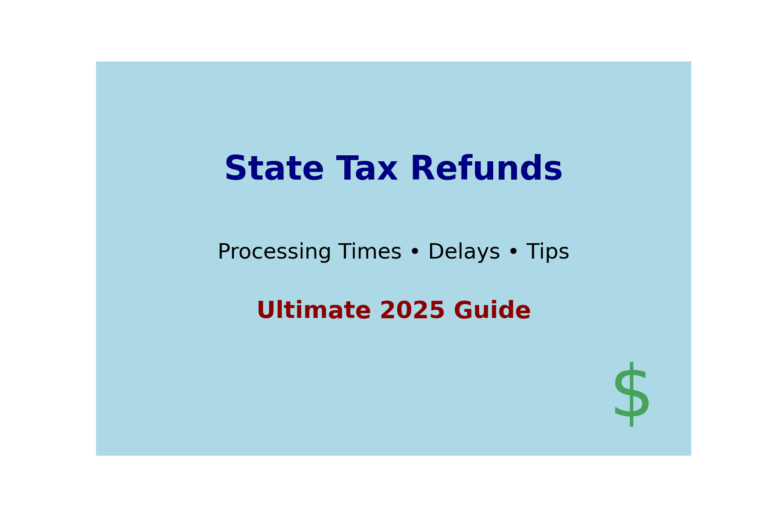Investing is one of the smartest ways to grow your money and build long-term wealth — no matter your income. But for many beginners, it sounds intimidating or out of reach. The truth? Investing doesn’t require a finance degree or a huge bank account. In this guide, I’ll break down exactly what investing is, how it works, and how to get started even if you’re on a budget.
What Is Investing and Why It Matters
- Investing is putting money into assets like stocks, ETFs, or real estate that grow over time.
- It helps you beat inflation and build long-term wealth.
- You don’t need much to start — even $10/month can make a big difference.
- Smart investing uses compound interest, dividends, and time as tools.
- Use beginner-friendly platforms like Robinhood, Fidelity, or Vanguard.
What Is Investing?
Investing is the act of putting your money into assets — like stocks, ETFs, real estate, or mutual funds — with the expectation that it will grow over time.
Instead of letting your money sit in a savings account earning minimal interest, investing allows it to work for you, generating returns through capital gains, dividends, or compound interest.
Example from experience: I started investing with just $100 using a commission-free app and built a diversified portfolio over time with ETFs like VOO, SCHD, and QQQ.
Top Reasons Why You Should Start Investing Today
Here’s why investing is essential for wealth building:
- Beats inflation: Savings lose value over time; investments grow.
- Compound growth: Your money earns returns, and those returns earn returns.
- Financial freedom: Investing helps you escape paycheck-to-paycheck living.
💡 In 2024, the average U.S. savings account earned less than 1%. The S&P 500 returned over 10% annually on average in the last 30 years.
Common Types of Investments
| Type | Description | Best For |
| Stocks | Ownership in a company; can grow in value | Growth-focused investors |
| ETFs | Bundles of stocks; lower risk through diversification | Beginners & long-term investors |
| Real Estate | Property you buy and rent or sell | Cash-flow and asset-building |
| Bonds | Loans to companies/governments with interest | Stability & income seekers |
How to Start Investing (Step-by-Step)
1. Open a brokerage account
Use apps like Robinhood, Fidelity, or Vanguard to get started. Look for low-fee, beginner-friendly platforms.
2. Set clear goals
Are you investing for retirement, a home, or freedom? Your strategy depends on your goals.
3. Start small
Even $50/month in an index fund like VTI or VT can build wealth with time.
4. Stay consistent
Use Dollar Cost Averaging to invest regularly regardless of market conditions.
5. Reinvest your dividends
Let your investments grow automatically by compounding returns.
Want to go deeper? Check out my post on Dollar Cost Averaging: A Smart Way to Start Investing.
Common Investing Myths That Hold Beginners Back
❌ “You need a lot of money to start investing.”
You can begin with just $10 or $50 per month.
❌ “Investing is like gambling.”
✅ Not if you invest for the long term using diversified funds.
❌ “I’ll wait for the perfect time.”
✅ The best time to start is now — time in the market beats timing the market.
The reality? Time in the market beats timing the market. Start early and stay invested.
My Experience Starting From Scratch
When I started, I had no financial background — just a commitment to learn. I made mistakes early on, but by focusing on low-cost index funds, dividend-paying ETFs, and consistent contributions, I began to see my portfolio grow.
If I can do it, so can you.
Final Thoughts: Start Small, Think Long-Term
Investing isn’t about getting rich quick. It’s about building wealth over time with smart decisions, patience, and discipline. Whether you’re starting with $100 or $1,000, the best time to start investing is now.
ETFs like VOO or VT offer diversified exposure with lower risk.
You can start with as little as $10 using apps like Robinhood or Fidelity.
Do both — save for emergencies and invest for long-term growth.
Internal Links:
- Start Investing on a Small Budget
- Why Is Investing a More Powerful Tool to Build Wealth
- Dollar Cost Averaging: A Smart Way to Start Investing


